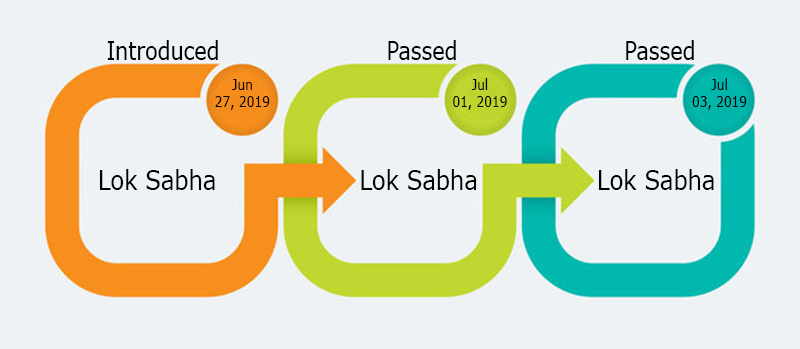
The Central Educational Institutions (Reservation in Teacher Cadre) Act, 2019, ensures that teachers from backward and economically weaker sections find a place in central educational institutions. The Government of India passed the ordinance on March 7, 2019. However, Govt. removed the order before the Bill could reach the parliament.
Reservation in Teacher Cadre
Teachers from reserved and protected communities receive teaching positions through direct recruitment.
It means eligible candidates invited to teach in a Central Institution, bypassing the public advertisement.
Not all institutes follow the mandate. Institutes of national or strategic importance, or deemed excellent education centers, need not abide by the law.
These include some notable names such as –
Tata Institute of Fundamental Research,
Jawaharlal Nehru Centre for Advanced Scientific Research,
Homi Bhabha National Institute,
Space Physics Laboratory, and
Indian Institute of Remote Sensing.
The Teacher cadre bill gained traction when the HRD Ministry recognized a vacancy of 7,000 teaching positions in central institutions.
Its primary objective is to fulfill the positional requirements and bring forth job opportunities to the minorities, Scheduled Caste, Scheduled Tribe, and other backward classes.
A 13-point roster replaced a 200-point roster system.
In 2018, the University Grants Commission decided to shift to a base unit calculation for calculating the number of reserved positions.
College and universities were taken as a single unit and not the department subject while calculating reservations.
Hence, a 13-point roster replaced a 200-point roster system. This Act reverts this change, and the reservation system goes back to 200-point based.
According to the Act, the sanctioned division of Teacher cadre is as follows –
- Scheduled Cases: 15%
- Scheduled Tribe: 7.5%
- Socially and Economically backward classes: 27%
- Economically weaker sections: 10%
Rs. 717.83 crores allocated
As of the fiscal years 2019-20 and 2020-21, the government allocated Rs. 717.83 crores, with plans for additional sanctions each financial year.
The employment solution.
The Act was beheld as the solution for employment and the declining state of the economy. The country requires more inclusive job prospects, and reservation enables access for the weaker classes.
More candidates finding jobs at central educational institutes also ensure the centers maintain a healthy student to teacher ratio. It is critical to improving the quality of education and provides the existing teachers with relief.
Mr. Ramesh Pokhriyal Nishank, Minister of Human Resource Development, initiated the Bill in the Lok Sabha. It found positive reception from students and teachers across the country.
You can fill-up the form on our website and find out more about the Central Educational Institutions (Reservation in Teacher Cadre) Act, 2019, from experts.